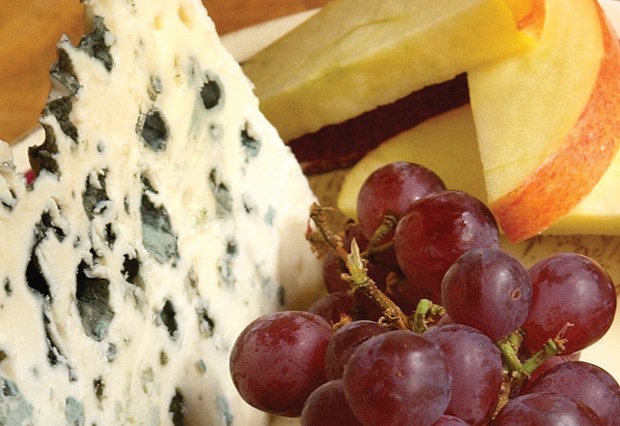Wine tastings come in all shapes and sizes.
And some require a little more work than others. When the folks from southern Rhone showed up in town last week there was no shortage of sommeliers and other types on hand to hear what they had to say. But while there was plenty of wine to be sampled, this was not your typical tasting.
I’m always intrigued by new world drinkers who, though weaned on Shiraz, still haven’t yet made the trip back to the old world, and the other side of Syrah, which is a shame. But they do get there eventually when they discover the Rhone Valley.
It seems they’re not alone. Exports from the Rhone are up by 51 per cent since 2009. And the Rhone Valley is now the second largest wine producing area in France.
While Syrah gets all the glory in the north it’s a different story in the south, according to Rhone ambassador Anthony Taylor. A mountain range divides the two. Northern Rhone has a more continental, cooler climate, while the south experiences Mediterranean influence. Much of the south’s appeal comes from its capacity to blend, thanks to an abundance of Syrah, Grenache and Mourvèdre. So what happens when you get 20 sommeliers together, give them a trio of the main varieties, and ask them to come up with the perfect blend? Chances are they’ll do a good job.
With beakers in hand, it didn’t take long to figure out just why Grenache is such a workhorse, as the group tried various combinations to measure out the ideal mix.
Distinctly peppery, blue and black-fruited, often anise-toned Syrah delivers structure and helps a wine’s ageability. And I discovered that a little full-bodied, garrigue-toned Mourvèdre goes a long way. Grenache spans a surprising spectrum of flavours, from strawberry and blackcurrant to peppery and spicy, but has especially appealing, easy tannins and attractive floral notes that can deliver surprising complexity. Interestingly enough, when all the various blends were put to a peer vote, it was a 70/20/10 Grenache/ Syrah/Mourvèdre combo that proved the most popular.
That blend just happens to coincide with Côtes du Rhône Villages Plan de Dieu AOC wines, which are made mainly with Grenache noir, and blended with at least 20 per cent Syrah and Mourvèdre.
One of the best values around, Gabrielle Meffre Plan de Dieu 2013 offers lifted ripe, red fruits followed by a medium-bodied palate of cassis and black fruit with just a touch of minerality (on special at BCLS through the end of October, $13.99, 89 points).
While Rhone is duly celebrated mainly for its reds, also worth a nod is the Gabriel Meffre St. Vincent Blanc 2014, a blend of Grenache blanc, Roussanne, Clairette blanche, Marsanne, and Viognier, which add up to floral aromas up-front followed by a refreshing palate of orchard and stone fruits (also on special, BCLS $13.99, 89 points).
• • •
Craft beer may be booming but craft cider is also on a roll. Hot off the presses from newly launched Naramata Cider Company (an offshoot of the successful Elephant Island Winery) is a trio of fun and tasty ciders that will appeal to a wide cross section of tastes.
These are clean-flavoured drops in 750 millilitre bottles, all made with local, Naramata fruit. They include a dry-styled apple cider that will appeal to cider purists; a dry pear that’s way less “pear-y” than typical commercial brands; and a pretty, fun, orchard-floral apple and blackberry blend that will cater to more off-dry preferences.
Think cheese plates or just fun sipping.
Tim Pawsey writes about wine for numerous publications and online as the Hired Belly at hiredbelly.com. Contact: [email protected].



